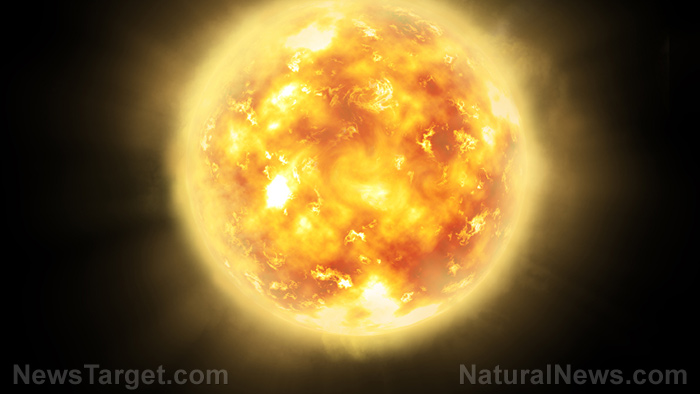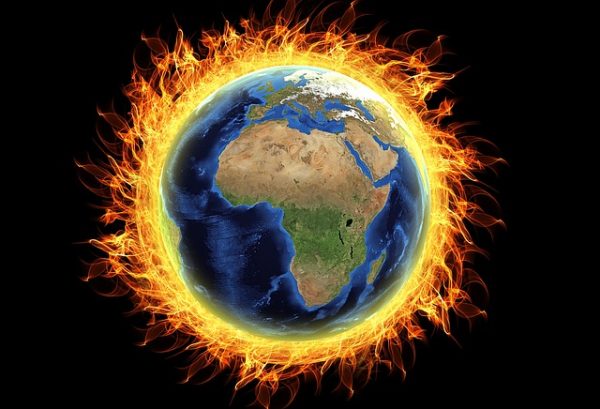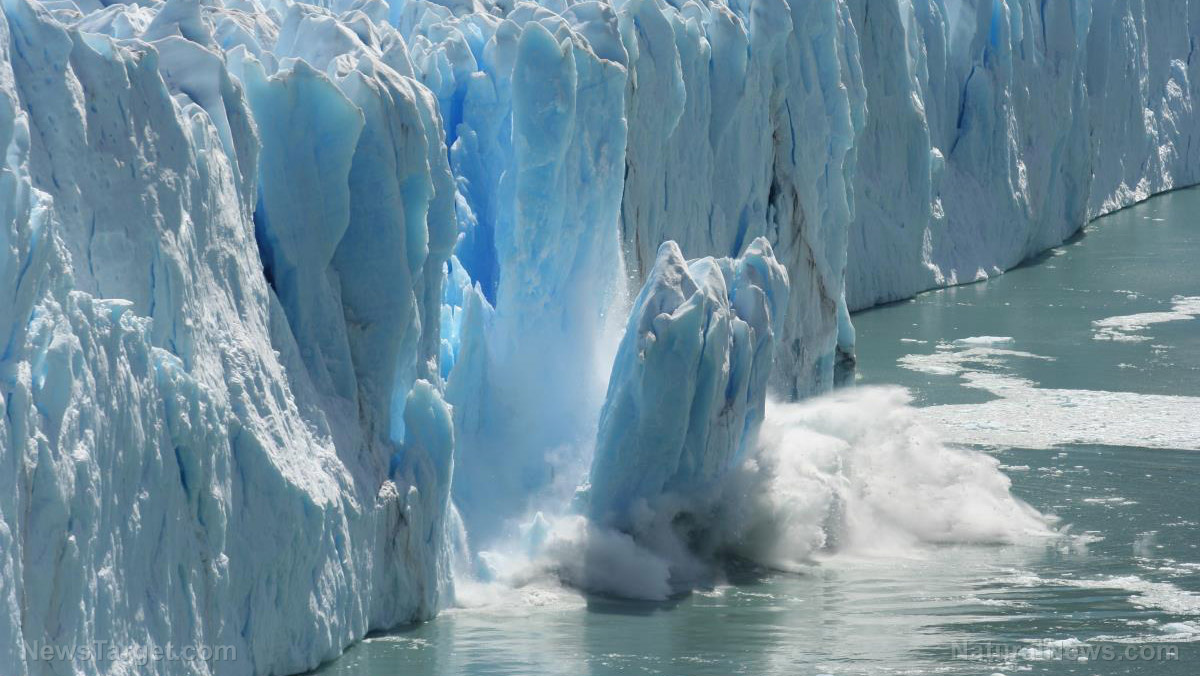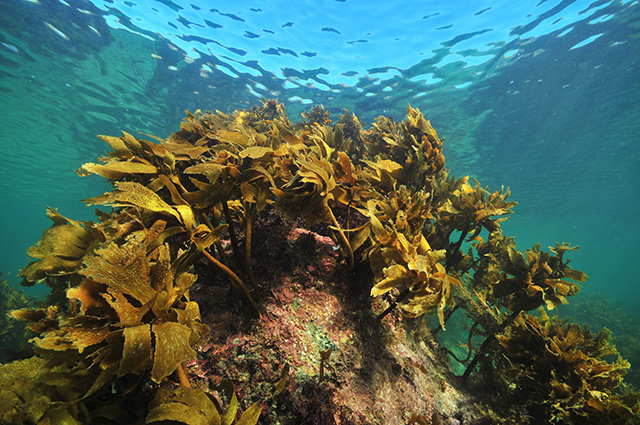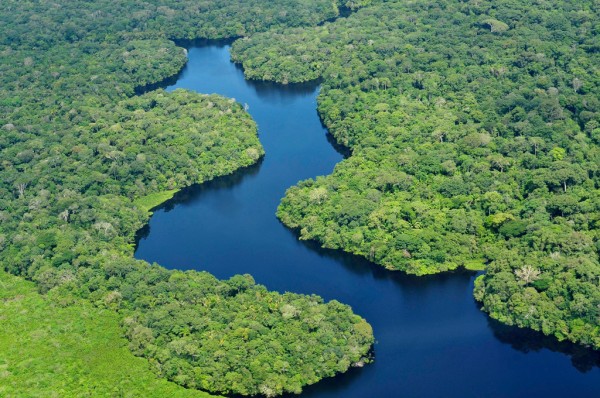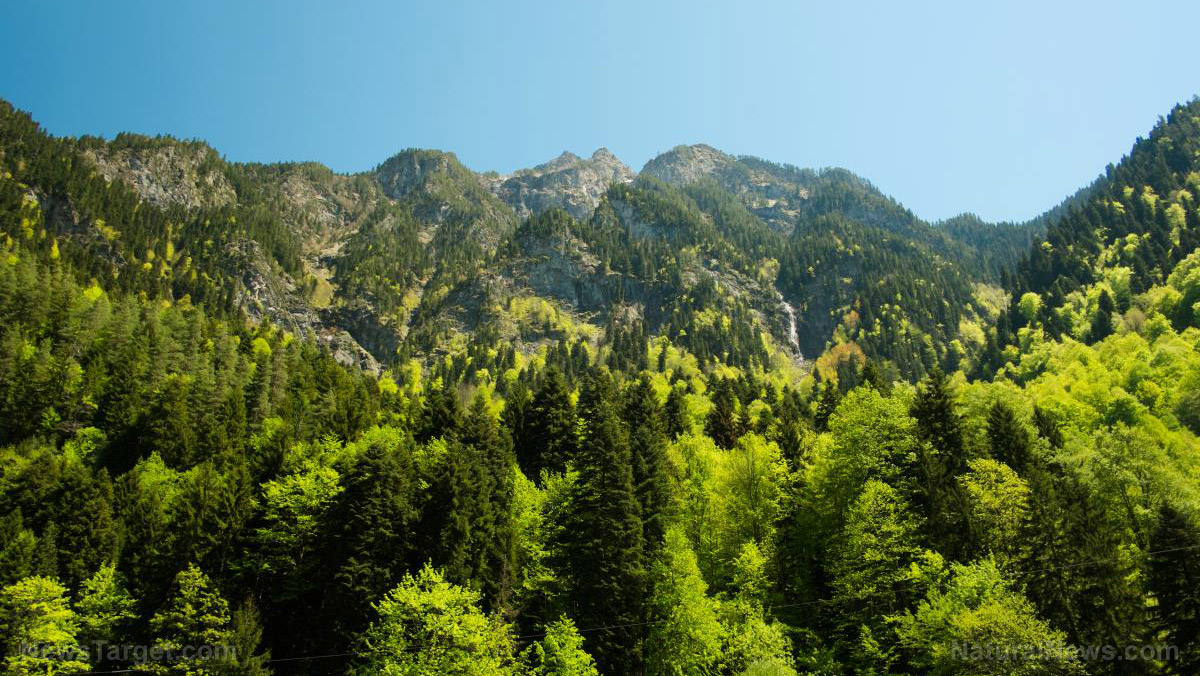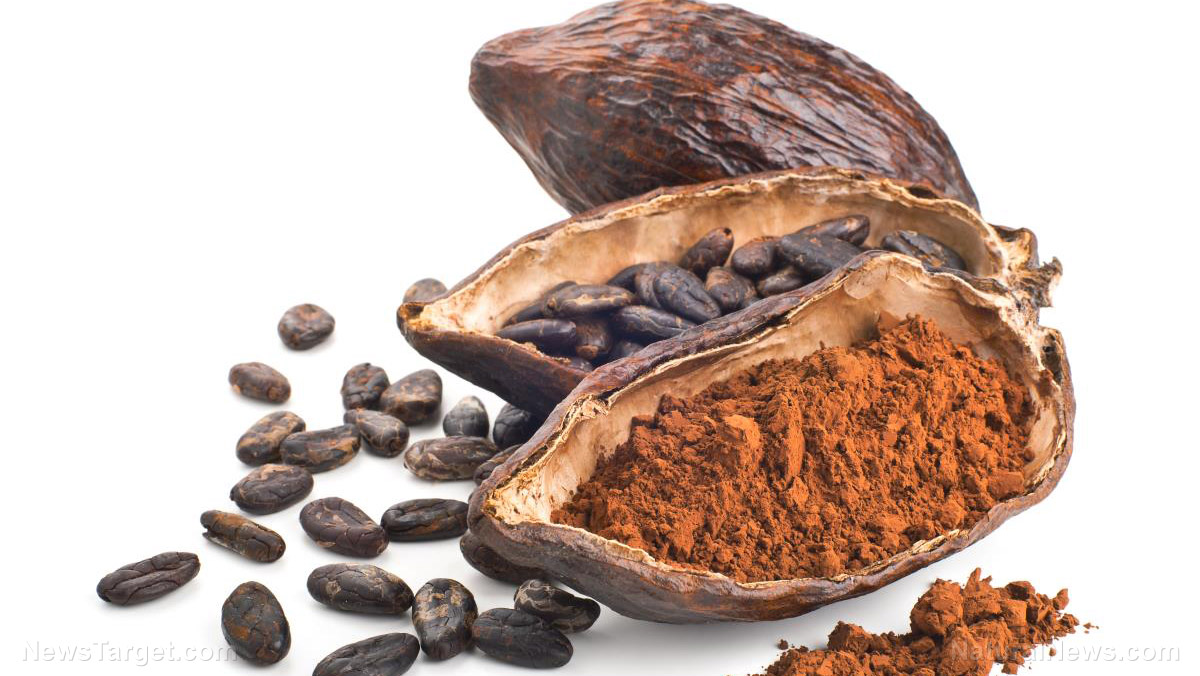Lasting gift from the dinosaurs: They fertilized our ecosystem
08/23/2018 / By Frances Bloomfield

Dinosaurs helped nourish the global ecosystem with their dung, and the effects continue to be felt to this day. This was the conclusion that Northern Arizona University faculty member Christopher Doughty came to in his compelling new study.
With over a decade of experience in studying large animals and their impact on the planet’s fertility, Doughty decided to concentrate his efforts on dinosaurs. Specifically, to determine their role on the environment.
As he explained to ScienceDaily.com: “Theory suggests that large animals are disproportionately important to the spread of fertility across the planet. What better way to test this than to compare fertility in the world during the Cretaceous period — where sauropods, the largest herbivores to exist, roamed freely — to the Carboniferous period — a time in Earth’s history before four-legged herbivores evolved.”
To test the theory, Doughty collected and analyzed coal samples from different mines across the U.S.; coal is a type of fossil fuel created by plant remains undergoing chemical and physical changes brought about by pressure and heat. As such, coal could be used to measure the nutritional value of the ecosystem before and during the period when dinosaurs roamed the earth.
Doughty did just that by assessing the elemental concentrations of each coal sample. He discovered that the elements needed by plants to thrive — namely phosphorus, magnesium, potassium, and calcium — were more bountiful and in greater distribution during the Cretaceous era. Moreover, his findings revealed that there was no difference between these periods in terms of the levels of elements superfluous to plant and animal health.
The Cretaceous period’s richness and diversity of elements were attributed to the dinosaurs. Doughty explained that this wasn’t due to the amount of dung they produce, but rather due to their ability to move across lengthy distances and over different landscapes. This resulted in nutrients mixing and elements growing in number and variance. With this came lusher habitats and a myriad of food for the same massive herbivores that created this abundance in the first place. (Related: How to grow big, fat happy worms and beautiful compost.)
Though the results of his research have proven to be exciting, they carry grim implications as well. As the populations of large animals continue to shrink, so too will the environment. The less big animals there are, the fewer plants will grow.
Doughty elaborated: “This is important for two reasons. First, we are rapidly losing our remaining large animals, like forest elephants, and this loss will critically impair the future functioning of these ecosystems by reducing their fertility.
“Second, combining the idea that large animals are disproportionately important for the spread of nutrients with the natural rule that animal size increases over time, means the planet may have a Gaia-like mechanism of increasing fertility over time. Life makes the planet easier for more life.”
Visit Environ.news for more stories concerning our environment.
Sources include:
Tagged Under: ancient history, animals, dinosaur dung, Dinosaurs, environment, Fertilizers, large animals




